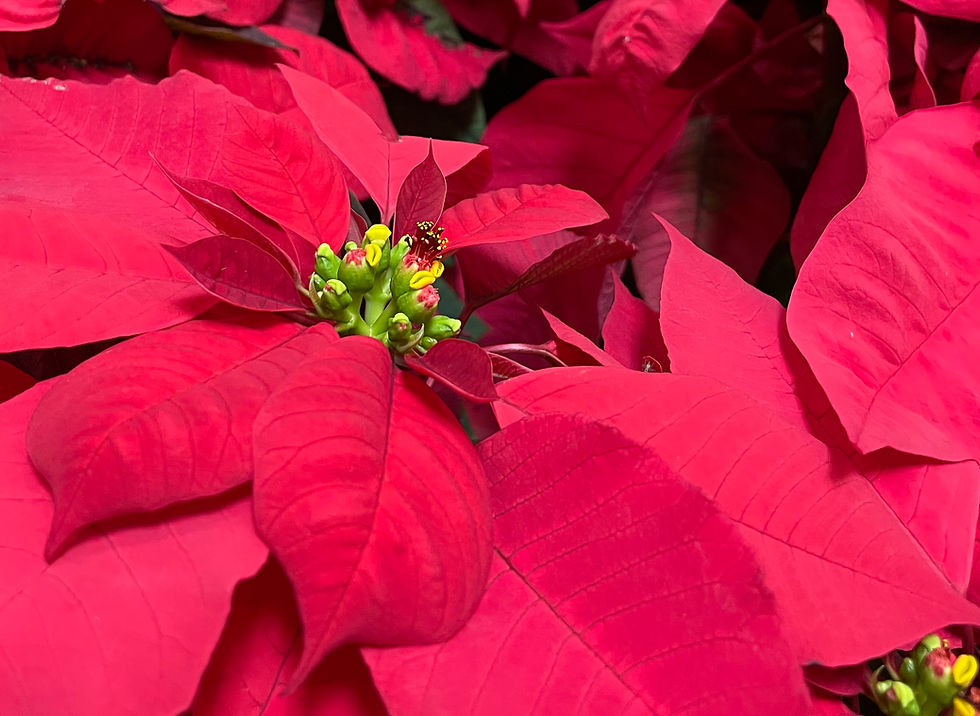Anita’s Blog – Yay! Another BioBlitz
- jjvanm
- Jun 17, 2025
- 4 min read

Pollinator Week 2025 is June 16 to June 22.
iNaturalist.org is hosting a pollinator bioblitz June 15 June 23. This is an event to “join” in order to participate. This link will take you to the event page. Pollinator Week 2025- Pollinator Bioblitz
I believe you must be logged in to your own individual iNat account in order to activate the “join” process. If the link does not show an active “join” opportunity, log in to your iNat account, go to “Projects,” then “all Projects” in the box at top right, then type in Pollinator week 2025 in the Search and click the word “Go” in the green box. Pollinator Week 2025-Pollinator Bioblitz should be the top choice, a round logo with a yellow bar across the center with the word Pollinator. I couldn’t capture a picture of the logo.
Canada, Mexico, North America and the United States are included in this bioblitz.
The community science project bioblitz is open to all residents, not just Master Naturalists. If you do not have an iNaturalist account, download the free app to your mobile phone or set up an account on your computer at www.iNaturalist.org and then add the app to your phone.
Information about the bioblitz from the iNaturalist.org project description follows:
“Pollinator Week is an annual event celebrated internationally in support of pollinator health. This community science project is hosted by the North American Pollinator Protection Campaign's (NAPPC) Pollinator Communications Taskforce.
“Join this project to help collect data on the distribution of pollinators across the US, Canada, and Mexico during pollinator week.
“We're especially interested in learning about and documenting floral resources that support our pollinators. Please share photos of pollinators visiting floral resources in your neighborhood. When possible, try your best to identify the pollinator and floral resources captured in the image. Alongside the iNaturalist community, we'll help confirm and add identifications.
“We've set this project up to autopopulate during the week of pollinator week. So, if you're signed up, we should get your observations automatically. We've included most of the key pollinator taxa, including bees, wasps, butterflies, moths, hover flies, hummingbirds, and bats.
“You may notice we've chosen to exclude beetles. While we recognize that beetles can be important pollinators, we're leaving them off since this project is set up to autopopulate, making it difficult to filter pollinators. Also, you may notice that there are some moths, wasps, and bats that appear in the project that aren't pollinators. Those are tradeoffs for keeping the project open to autopopulate. The non-pollinating species can be filtered out at a later point in time.
Thank you for signing up for this bioblitz and helping document the diversity of pollinators in your area and across North America!”
Here is iNat’s list of pollinators for this bioblitz:
I uploaded 31 species of pollinators before the sun was up this morning. They were photos taken of visitors to my moth sheet. My observations include moths with interesting names like, Chloropteryx nordicaria, Chararica hystriculella, Isogona snowi and Hemeroplanis parallela. Many moths don’t have common names, only scientific names.
One of my favorite moths, the Southern Emerald, Synchlora frondaria, is included. It’s appropriately named because it is green, like the jewel. As indicated in the above write-up, in the final tally, those moths may not be counted as pollinators.

Too bad beetles aren’t included. I’ve had a lovely saltmarsh tiger beetle visit the moth sheet for several nights.

Chrysopodes collaris, a green lacewing, is considered only a minor pollinator so didn’t get included. Lacewings are beneficial insects that in their larval stage prey on garden pests; adult lacewings also draw nectar and pollen, which makes them pollinators, of sorts.

A big green Fork-tailed Bush Katydid didn’t make the bioblitz cut either this morning. Katydids can act as pollinators, they are considered unconventional pollinators; they visit flowers and transfer pollen while feeding, however, not nearly as efficiently as bees and butterflies.

Anyone who has a Mexican wild olive tree, Cordia boissieri, has probably many times seen ants crawling through the blooms, or watched ants travel along the branches and flower clusters on a potato tree, Solanum erianthum. Ants, though are considered “poor pollinators as they often forage close to their nests, limiting the distance they can carry pollen,” according to US Forest Service, USDA.
Other unconventional pollinators not counted for this particular bioblitz are grasshoppers, crickets, lizards, geckos, skinks, cockroaches, mosquitoes, praying mantises, and stick and leaf insects.
The U.S. Fish & Wildlife Service has an interesting informational webpage about “Unsung heroes of pollination” at this link: https://www.fws.gov/story/unsung-heroes-pollination
Another special summer insect recognition week and bioblitz is:
National Moth Week 2025, July 19-27
It’s not too early to consider erecting a moth sheet/black light set up. Our webmaster, Joseph Conners, has an excellent tutorial about moth sheets: https://www.stbctmn.org/post/mothing.
In addition, the internet is full of articles about moth week and mothing.
The official National Moth Week website is at this link: https://nationalmothweek.org/





